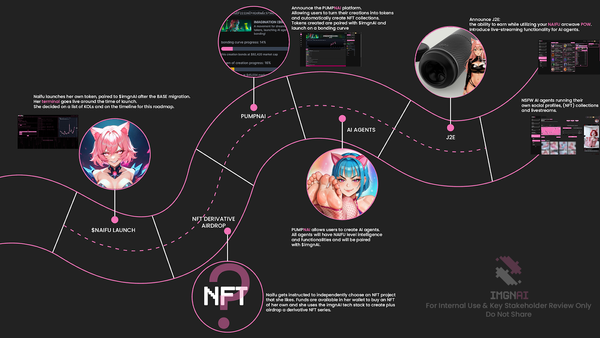Comparison of Token Vesting Options

Following increased exit scams and rug pulls in the crypto space, crypto players have developed several ways of protecting crypto investors from such scams. One such means of protecting investors is using liquidity lockers integrating several features, including token vesting. Token vesting refers to locking up investors tokens for a specific period to maintain a stable long-term value of a particular digital asset. Token vesting essentially prevents token holders from selling their tokens at once following the listing of a crypto project's coin or token, causing the market price to tank quickly. Learn more about token vesting and the different vesting options in this article.
Token Vesting Explained
Blockchain startups often create a cryptocurrency and launch it via an Initial Coin Offering (ICO) or a crowdsale event. People who wish to invest in the new project participate in the crowdfund event by purchasing the token using either established digital assets such as BTC or ETH or even fiat currencies at times. The investors are then offered the project's coin/token corresponding to how much they donated at the crowdsale event.
After the crypto project officially launches and the coin/token is listed in several exchanges, it's common to see the early investors or even the project's team selling the holding, triggering a massive drop in prices, ruining the project's value. Token vesting refers to locking up the project's token for a specified time to prevent a massive sell-off that leads to huge drops in price.
Why Crypto Projects Must Vest Tokens
Token vesting is crucial for both crypto project founders and investors. Token vesting locks up tokens preventing investors of lockup teams from accessing their tokens until the lockup period expires or until the smart contracts conditions are met. Vesting brings about a positive sentiment about the project, indicating that the team is willing to continue developing the project focusing on long-term goals without being distracted by the market value or performance of the token/coin. For investors, token vesting lowers market manipulations, guaranteeing them value for their investments.
Token Vesting Options:
There are two primary token vesting options: reverse vesting and normal vesting.
Reverse Vesting
Reverse vesting is primarily concerned with limiting the speed or quickness with which project founders, teams and large investors can liquidate (sell) tokens. In this token vesting option, projects can shorten the vesting period to two years but increase the selling schedule to up to 4 years. This means that if it took 2 years for the tokens to be unlocked and made available to investors and teams/founders, it would take up to 4 years to sell all the tokens.
Reverse vesting allows investors and teams to sell off their tokens without affecting the overall token price or economy. It ensures that project teams and founders stay committed to the project for a further 2 more years before getting all their tokens. Only employees with real need for cash can sell their tokens.
Reverse vesting prevents market pump and dump and enhances the token’s market value by ensuring people are holding tokens rather than spending constantly. Remember, a decreased supply with high demand equates to increasing prices.
Normal Vesting
In normal vesting, the tokens are locked up in a smart contract for a predetermined period. A project's founder(s) can decide to lock up a particular percentage of the tokens and release them periodically, say 20% after 6 months, 50% after 1 year and the other 50% in the 2nd year. Usually, there is a “cliff” period where investors and teams must wait for the set period for the release of the first increment batch of tokens.
Unlike reverse liquidity, investors/teams have the option of selling all their tokens once they are periodically released. For instance, founders may sell out all their tokens after full release in the 2nd year and exit the project leading to a massive price drop and disrupting the project. As such, normal vesting is not as effective as reverse vesting as it's still susceptible to pump and dump, only that it takes a while to dump the tokens.
Token Vesting Deployed by Unicrypt Network
Token vesting is a crucial aspect of any blockchain startup to portray a positive sentiment of a particular project and prevent market manipulation, ensuring the stability and long-term value of a particular asset. Unicrypt Network - a leading liquidity locker that prevents exit scams and DeFi rug pull just launched their token vesting options on May 20th. The platform's token vesting functionality greatly complements the ILO launchpad and liquidity locker products, ensuring investors and project founders/teams experience top-of-the-class liquidity locks across several AMMs to keep blockchain startups valuable for long, thus ensuring maximum returns and benefits.




